by Michael Satterfield – Photos by Lucas Kepner - 06/20/2023
Will Hardeman is the definition of a gentleman racer, husband,
father, philanthropist,
managing partner of the Continental Auto Group, and driver of a Mercedes GT3
car in the SRO GT World Challenge. We recently had a chance to meet Will and
his team Esses Racing, at Circuit of the Americas. To make the two-hour drive
to Circuit of the Americas we borrowed the AMG GLE 53, this SUV Coupe is the sportier
choice for those who want space but still want a streamlined style. With a 429-hp
turbocharged inline-six, a luxurious interior, and a surprisingly high 7,700lb
towing capacity, the AMG GLE 53 is a great alternative to the Porsche Cayenne.
We arrived at the track just in time to see Will set his first poll in qualifying for his class, an exciting moment. After taking a tour of the garage, we had a chance to meet with Will and ask some questions about his journey to becoming a gentleman racer.
WH: My family is in the car business, so I have worked around cars my entire career since my first job at 14 years old washing cars. This is where the seeds were sown for my love and appreciation of sports cars. Growing up in Austin, there wasn’t a motorsports culture, but I was always drawn to anything with a motor, from go-karts to dirt bikes. As soon as I could afford it at 25 years old, I went to Skip Barber Racing School, then Bondurant Racing School - all for fun and novelty. It wasn’t until Circuit of The Americas was built when I was 33 years old, that I realized there was finally a convenient place to practice and possibly race a car. With the help and mentorship of a local race shop owner, David Moore, I bought a used Porsche cup car, which was way over my head at the time, and began my testing and amateur racing journey. I had early success, winning many amateur races, which eventually gained me admission to IMSA, a professional American race series. Since 2015, I have campaigned in IMSA Porsche Cup USA, IMSA Weathertech Championship (Audi GTD), and now SRO GT World Challenge in a Mercedes GT3.
TGR: As the owner of Mercedes Benz of Austin, how do you
balance your responsibilities as a business owner and your passion for racing?
TGR: The SRO racing series is highly competitive. What has
been your most memorable experience or achievement so far in this racing
series?
WH: Finishing every race! I also have enjoyed getting to know my competitors. They are a good bunch.
TGR: How has racing in an AMG GT contributed to your success
as a driver? What are some unique features of the car that you appreciate?
WH: The AMG GT3 that I currently drive has presented a new
learning opportunity - from the engineering to the driving style that this car
likes, I continue to develop my craft of driving. The AMG GT3 is the best race
car I have ever driven. All race cars have strengths and weaknesses. The AMG is
very balanced with few weaknesses - weaknesses mainly resulting from BoP
(balance of performance) adjustments mandated by SRO.
TGR: Being involved in both the business and racing aspects of the automotive industry, how do you see these two worlds intersecting and influencing each other?
WH: The old saying was “Win on Sunday, sell on Monday.” Today, I believe racing then showcasing the AMG GT3 in my showrooms builds excitement for the Mercedes brand for our everyday customers.
TGR: What are the key challenges you face as a racing driver
in SRO? How do you overcome them and stay motivated?
WH: This being our first season with the AMG GT3, we still
have a way to go with unlocking the full potential and pace of this car. I feel
this is a building year for us in order to understand the engineering aspect.
Once we get the car dialed in, we should be able to compete for podiums.
TGR: In your opinion, what sets SRO racing apart from other
racing series? What makes it special or unique to you?
WH: SRO is good about being efficient with our time, where I can minimize my time away from home. I also like that balance of performance is regulated globally, and not locally, which means that local teams can’t manipulate it, therefore we don’t have to spend any time and energy on the BoP conversation as opposed to the IMSA scenario.
TGR: How do you approach the mental and physical preparation
required for a race? Do you have any specific routines or rituals that help you
focus and perform at your best?
WH: 85% of my preparation is done at home with physical fitness and simulator time. By the time I arrive at the track, I can be relaxed and not feel like I am under-prepared. I also can’t emphasize enough getting a good rest around race week.
TGR: As a racing driver and a business owner, what advice
would you give to aspiring drivers or individuals who want to pursue their
passion in the automotive industry?
WH: The auto business is a great place to make a career and to use as a stepping stone to many other avenues. Work with the highest quality teams and businesses that you can. I would say go for it!
TGR: Looking ahead, what are your goals and aspirations as a
racing driver? Are there any other racing series or events that you would like
to participate in?
WH: I am pretty happy where I am driving in the GT3-class,
being able to comfortably run in any professional series in the world. After
having raced the Rolex Daytona 24 in 2019, I think it would be cool to do some
of the 24-hour endurance classics like Spa 24 and something in the middle east.
Nurburgring could be interesting as well.
TGR: How do you stay connected with your fans and supporters? Are there any specific ways in which you engage with them or give back to the racing community?
WH: I’m not so into this one thing, but I do post racing-related stuff on my Instagram because I think it’s cool to share. I think if I were a young guy trying to promote myself more, I would put more emphasis here.
TGR: Can you describe a particularly challenging race or
moment in your career and how you overcame it? What lessons did you learn from
that experience?
WH: During the 24 Hours of Daytona in 2019, I was driving at 2:30 am on slicks and it began to rain for the duration of the race. In addition to sliding the car around for a few laps on slicks before I could access the pits to get rain tires, racing in the rain, at night, is one of the more challenging things you will do as a driver because you can’t see due to the spray coming from all the traffic, headlights that no longer do their job, and constant puddles which cause the car to hydroplane - all at high speed. The Daytona 24 was stopped early that year because conditions were too dangerous to continue. Thankfully we didn’t crash and finished under yellow.
TGR: Finally, what role does your team play in your racing
success? How do you foster a strong and cohesive team dynamic both on and off
the track?
WH: The team plays an outsize role in racing - I would say
they make 80% of the difference. The driver is like the quarterback - he can make
a difference but needs the rest of the team to get results. For my team, we try
to have fun and work hard. I tell them constantly that the only thing that matters
is that every person does their job to the best of their ability and the result
will take care of itself. We can’t control results, but we can control the
inputs, which increase our probabilities.


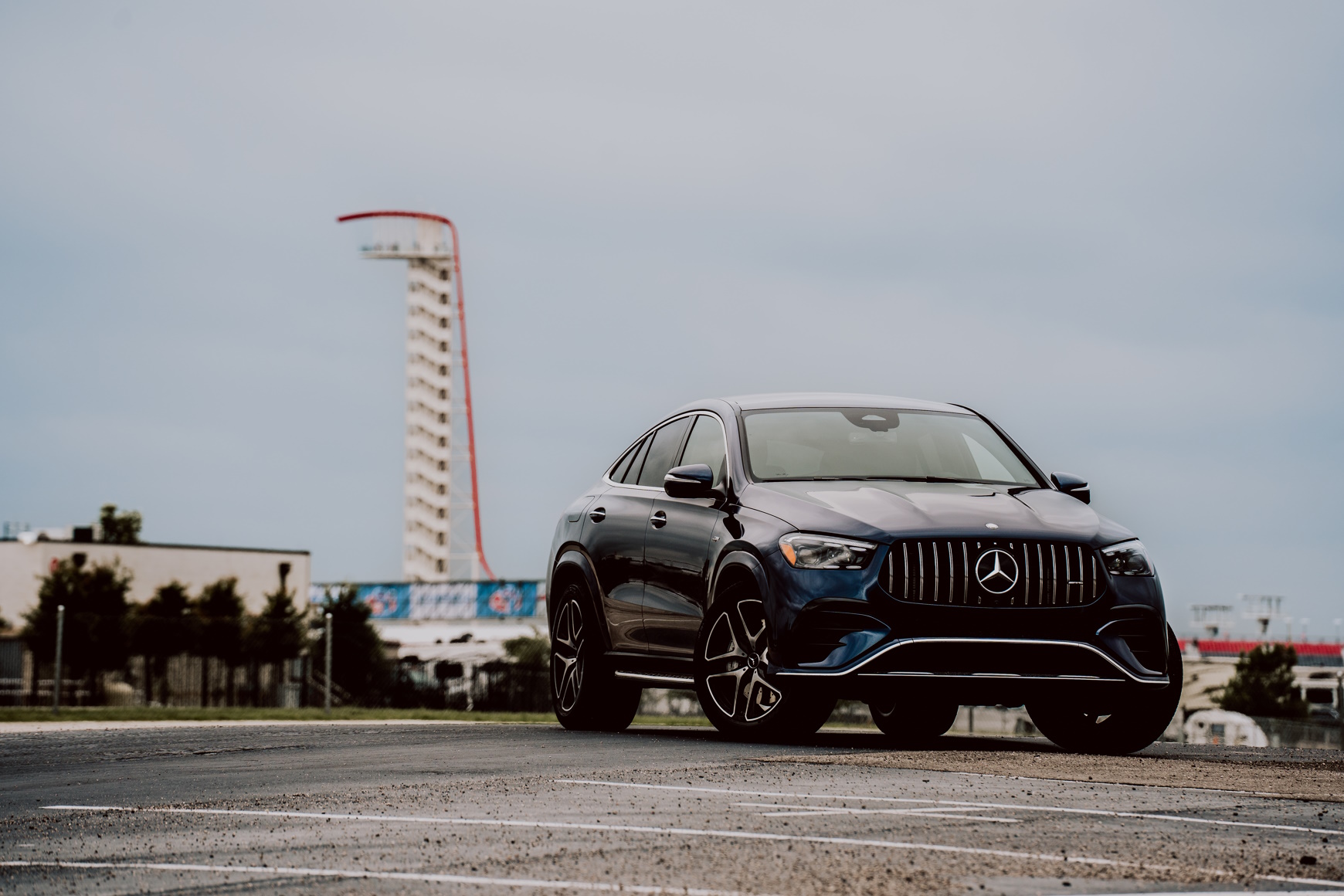
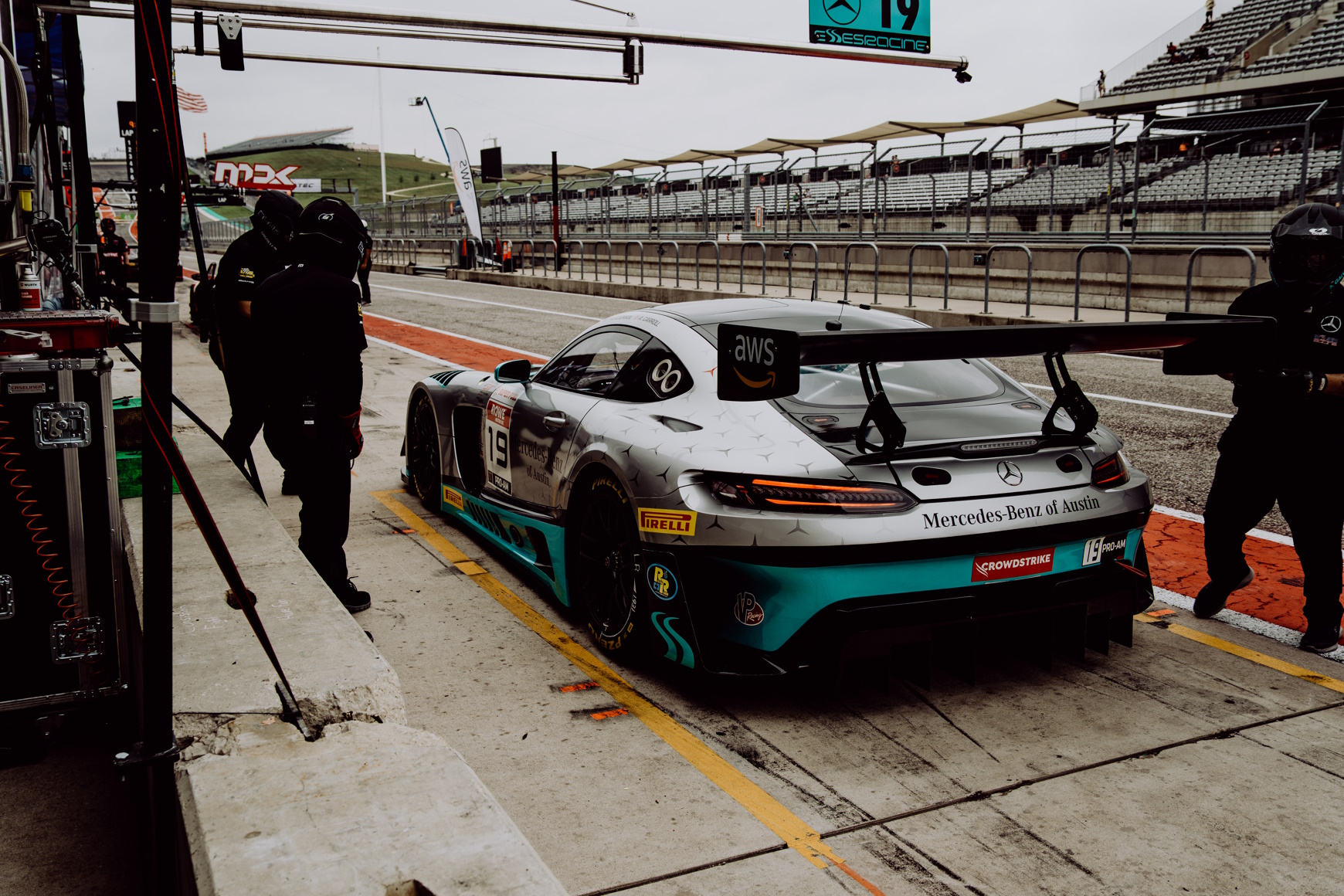
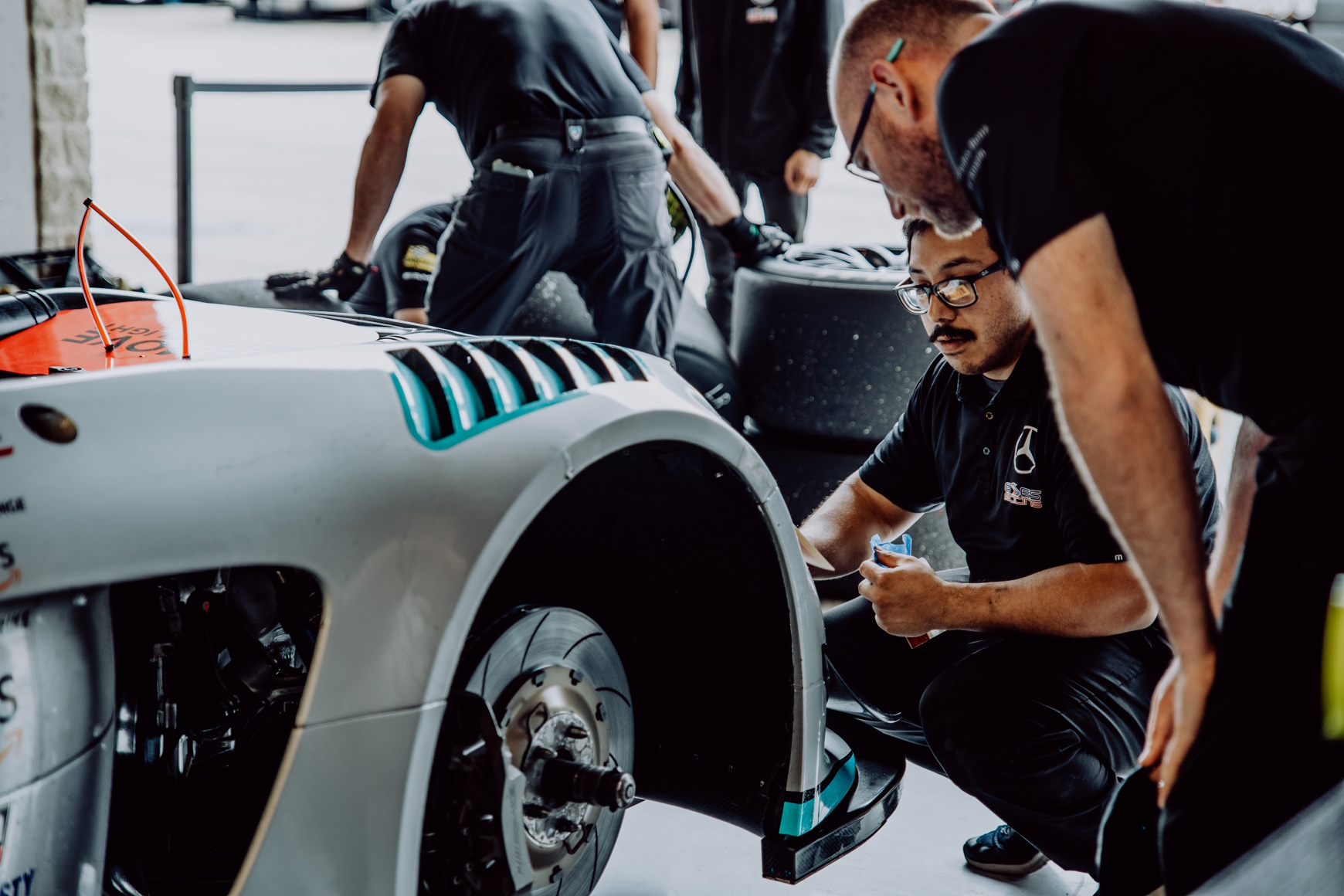

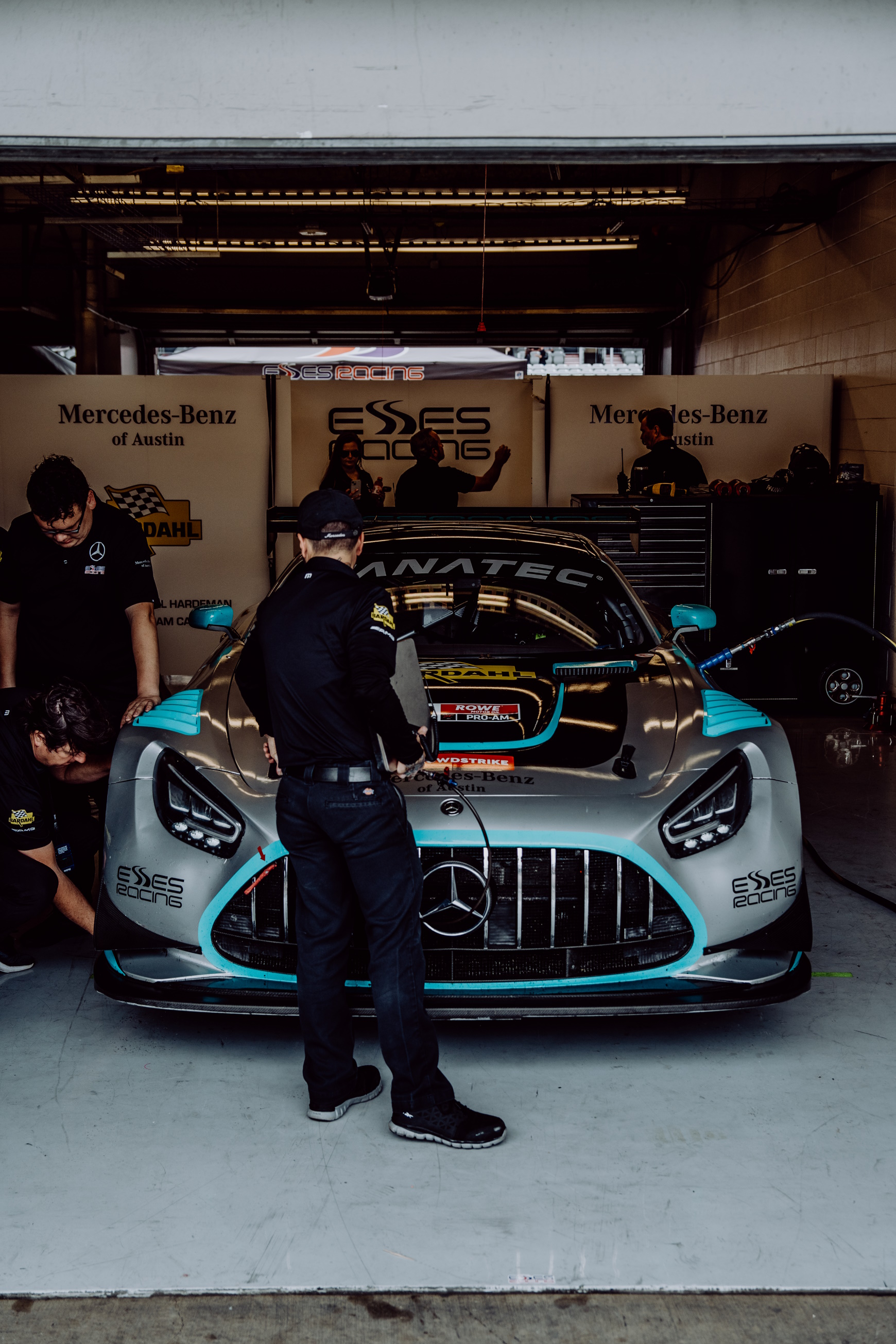
.jpg)
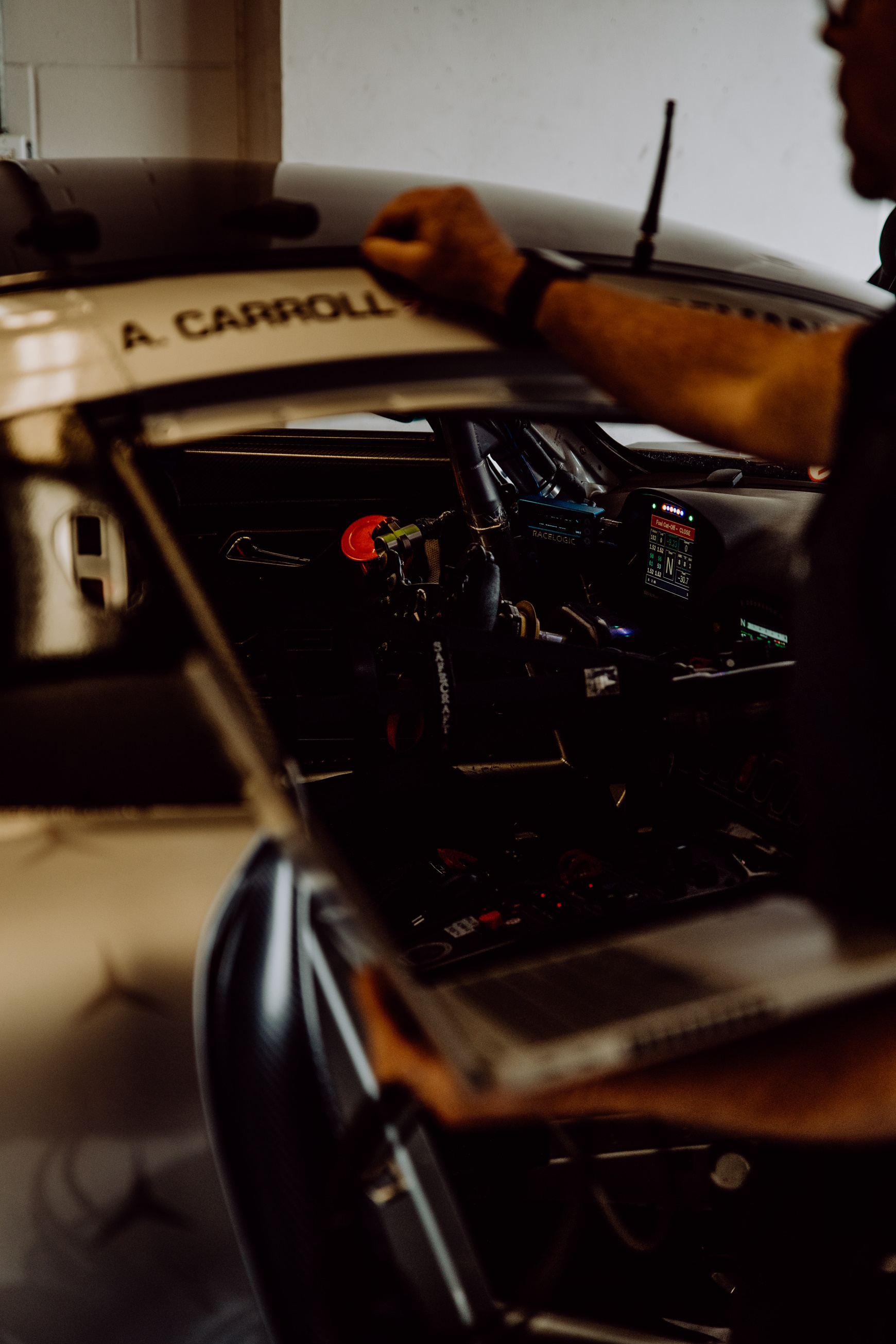





_websize.jpg)









